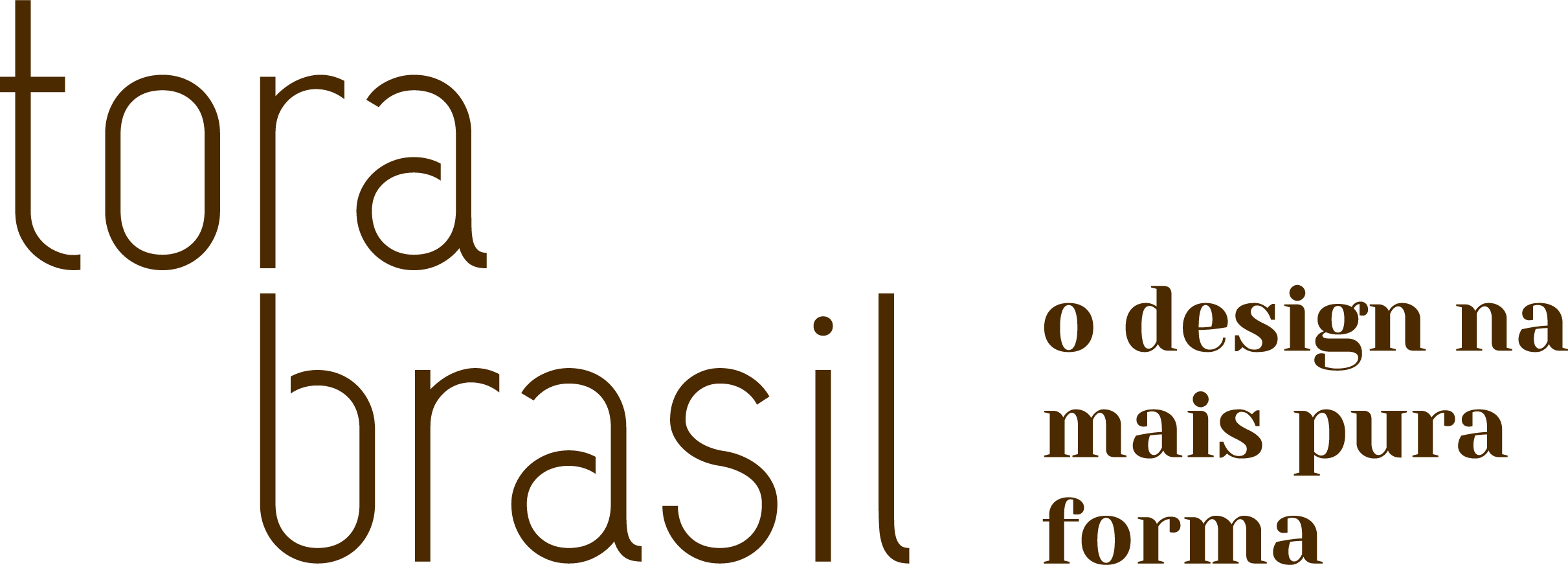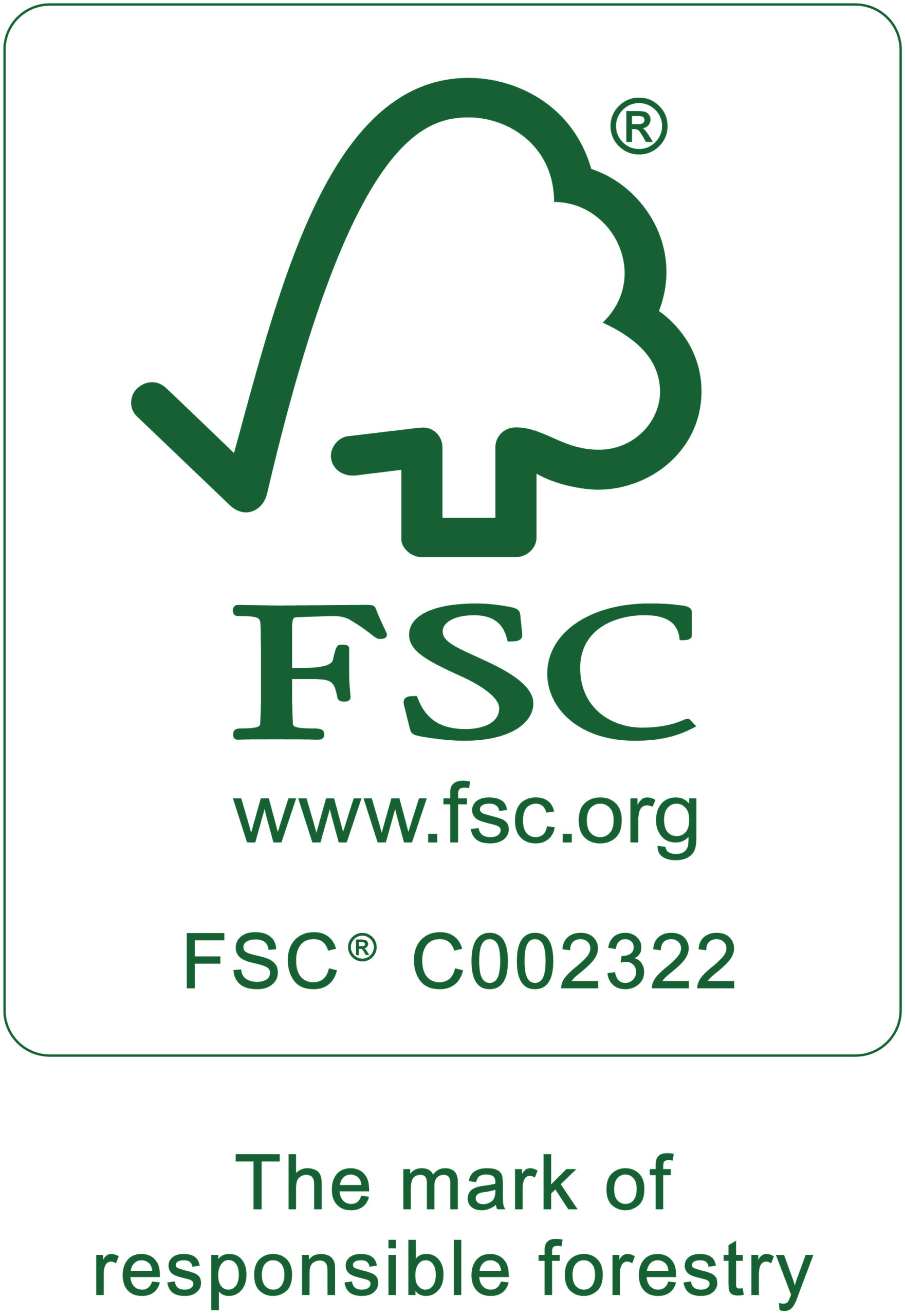FAQ
Native species forest management is a carefully planned process that seeks to balance the sustainable extraction of timber and non-timber resources with the conservation of the health and biodiversity of the forest ecosystem. Here are the main components of this process:
- Forest Inventory: Before any extraction activity, a forest inventory must be carried out to identify and quantify the tree species present in the management area. This information is crucial for developing an effective management plan.
- Management Plan: The management plan is a document that specifies how the forest will be managed over time. It sets conservation and production goals, and describes the practices that will be used to achieve these goals. This plan is reviewed and updated periodically based on monitoring and new information.
- Tree Selection: In native species forest management, not all trees are cut down. Typically, only mature trees of specific species are selected, and care is taken to ensure that young trees and seeds are left to regenerate the forest.
- Cutting Practices: Cutting techniques are designed to minimize impact on the forest. For example, trees may be cut in a way that they fall in a direction that causes minimal damage to other trees.
- Monitoring: After cutting, the area is monitored to assess the health of the forest and the success of regeneration.
- Certification: In many cases, native species forest management is certified by an independent body, such as the Forest Stewardship Council (FSC). This certification ensures that management is carried out in a sustainable and responsible manner. It is important to remember that the main goal of native species forest management is to ensure that the forest continues to provide its many services (such as timber, food, medicine, and carbon sequestration) over time, without compromising its health or biodiversity.
FSC (Forest Stewardship Council) Forest Management is a management system designed to ensure the sustainable production of forest products. It was developed by the Forest Stewardship Council, an international non-governmental organization, with the aim of promoting responsible management of the world’s forests.
FSC forest management involves a range of sustainable practices, such as:
Respect for Laws and Workers’ Rights: Forest operations must comply with all applicable laws, regulations, and labor agreements. Indigenous Peoples’ Rights: FSC forest management must respect the rights of indigenous peoples, ensuring the protection of their territories and cultural values. Maintenance of Biodiversity: Forest management practices must maintain biological diversity and forest ecosystems. Monitoring and Evaluation: FSC forest management requires regular assessment of the state of the forest, yield of harvests, and chain of custody. High Conservation Value Management: High conservation value forests should be managed in a way that maintains or enhances their unique attributes.
To ensure the authenticity of these practices, the FSC certifies forest operations that meet these and other principles and criteria. This FSC certification seal on timber products allows consumers to make informed choices and support sustainable forest practices.
The Forest Stewardship Council (FSC) is an international non-governmental organization that promotes the responsible management of the world’s forests. Founded in 1993, the organization sets standards for forest certification and grants FSC certification to companies that adhere to these standards. Here are some interesting facts and figures about the FSC:
- Global Reach: As of September 2021, more than 220 million hectares of forest worldwide were certified by the FSC. This is approximately the size of Greenland or Mexico.
- Presence in Brazil: Brazil has one of the largest areas of FSC-certified forest in the world. By the end of 2020, Brazil had about 7.7 million hectares of FSC-certified forests.
- Private Sector: More than 35,000 companies worldwide have FSC certification, allowing them to sell products with the FSC mark.
- First Certification: The first forest to be certified by the FSC was in 1993, in the state of Mexico.
- Community Work: The FSC actively works with indigenous and local communities, ensuring that their rights are protected and that they benefit fairly from forest management.
- Biodiversity: FSC certification ensures the protection of high conservation value areas within forests, including areas critical for biodiversity, fragile ecosystems, and rare and threatened habitats.
- Climate Change: FSC certification contributes to the fight against climate change, ensuring that forests are managed in a way that maintains or increases their carbon stocks.
When you buy a Forest Stewardship Council (FSC) certified wood product, you typically don’t receive an individual certificate. However, you can look for the FSC logo on the product or packaging. This logo indicates that the product has been made from wood sourced from a responsibly managed forest, in accordance with FSC standards.
The FSC logo usually comes with a license code, which you can use to check the validity of the certification in the FSC database. Additionally, some vendors might provide more information about the wood’s origin and chain of custody upon request.
In certain situations, for high-value items or special products, the manufacturer or vendor may provide a certificate of authenticity or additional documentation detailing the wood’s origin and compliance with FSC standards.
Finally, it’s always a good idea to ask the seller about the certification if it’s important to you. They should be able to provide detailed information about the wood’s origin and the product’s FSC certification.
Traceability is the ability to trace the path of a product along the supply chain, from its origin to the end consumer. In the context of forest products, such as wood or paper, traceability allows consumers and businesses to know where the wood came from, ensuring that it was harvested in a legal and sustainable way.
Traceability is especially important in industries where sustainability is a key concern, like the forest products industry. For example, the Forest Stewardship Council (FSC) certification includes a traceability system, known as chain of custody, that traces the wood from the forest where it was harvested to the final product. This allows consumers to choose products that have been made in a sustainable and responsible way.
Moreover, traceability can help combat illegal and unsustainable forest exploitation, by making it harder for illegal products to enter the supply chain and by giving consumers the information they need to make informed choices.
Each piece from Tora Brasil is unique for the following reasons:
- Natural Materials: Tora Brasil uses native Amazonian woods, each with its own variety of colors, textures, and grain patterns. This means that even two pieces made from the same type of wood will have subtle differences due to the natural variation in the material.
- Wood Origin: Tora Brasil uses wood from FSC-certified sustainable and responsible forest management. This means all trees are cut respecting the philosophy of native forest management, which ensures the preservation of biodiversity and ecosystem balance.
- Craftsmanship: Each piece from Tora Brasil is handcrafted by skilled artisans. While they follow a general design, they also allow the natural beauty of the wood to influence the final outcome. Small imperfections, natural marks, and variations in shape are valued, making each piece truly unique.
- Customization: Tora Brasil offers the opportunity to customize their pieces, according to the customer’s needs and preferences. This can include the type of wood, the finish, the size, and other aspects of the design.
- Sustainability: Each piece carries with it the story of responsible and sustainable forest management practices, making each piece of furniture not just a design piece, but also a testament to Tora Brasil’s connection with nature and commitment to sustainability.
The variation in shades in Tora Brasil’s pieces is a direct result of the natural characteristics of wood. Each tree is unique and grows under specific soil, climate, and sunlight conditions, which influences the color, texture, and grain pattern of the wood.
In addition, the age of the tree, the cut of the wood, and the part of the tree from which the wood is extracted can also affect its color. For example, in the case of the Pequiá, the wood taken from the center of the tree (known as the heartwood) tends to be lighter than the wood taken from the outer part (known as the sapwood).
These color variations are not defects, but rather characteristics that add beauty and authenticity to each piece. They serve as a reminder that wood is a natural and living material, and that each piece of Tora Brasil furniture has its own unique story.

